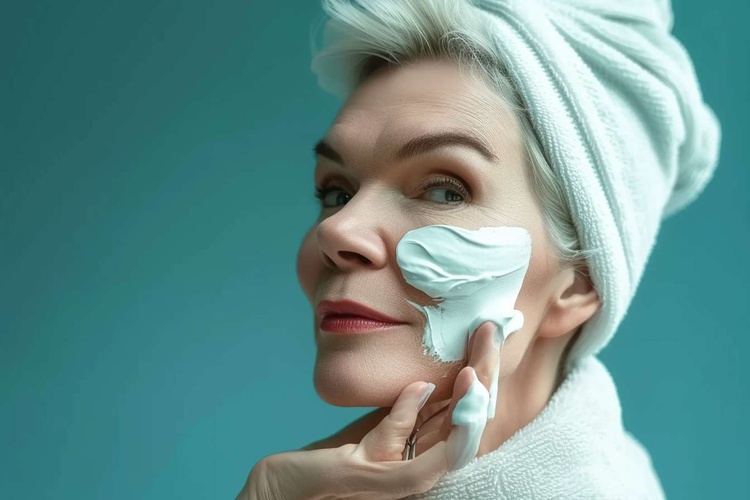The Influence of Ancient Beauty Standards in Modern Makeup
Ancient civilizations have always played a significant role in shaping modern culture. Their influence can be seen in today's architecture, literature, philosophy, and more. Beauty, specifically, is one aspect of modern culture that has been significantly influenced by ancient standards. From the elaborate makeup rituals of Ancient Egypt to the natural beauty preferences of Ancient Greece, the practices, ideals, and materials used by our ancestors continue to impact our beauty standards and makeup routines today. This article will explore these influences, their historical context, and their current relevance, and offer unique insights into how they continue to shape current beauty trends.

The Art of Beauty in Ancient Egypt
Ancient Egypt is renowned for its love of beauty. Both men and women paid great attention to their appearance, and makeup was an essential part of their daily routine. Egyptians used coal to darken their eyes, a practice that is mirrored today in the use of eyeliner. They also used red ochre, a naturally occurring pigment, to color their lips and cheeks.
The makeup ritual in Ancient Egypt wasn’t merely cosmetic. It was also a ritualistic practice, as they believed that makeup provided protection from the gods Ra and Horus. Modern research has supported this belief to some extent. It has been found that the lead-based cosmetics used by the Egyptians had antibacterial properties, which could have helped prevent eye infections.
Grecian Standards and Their Impact
The Greeks held a different perspective on beauty. They believed in natural beauty and simplicity and often associated makeup with deception. However, makeup was still used, albeit sparingly. Women would use white lead to lighten their complexion, and crushed berries to give their lips a hint of color.
The Greek focus on natural beauty is still prevalent today. Many women prefer a more natural makeup look, choosing products that enhance rather than mask their features. The trend of ‘no makeup’ makeup, which aims to create a flawless, naturally glowing complexion, is a testament to this enduring influence.
The Romans and the Advent of the Beauty Salon
The Romans, like the Egyptians, loved their makeup. They used chalk to lighten their complexion, and red ochre, like the Egyptians, for their lips and cheeks. Women of higher status would even have their makeup applied by professional cosmetai, essentially the first beauty salons.
This concept of professional beauty treatment has carried forward into modern times. Today, beauty salons offer a wide range of services, from makeup application to skincare treatments, mirroring the ancient Roman practice of professional beauty care.
The Renaissance and the Rejection of Makeup
During the Renaissance, beauty standards shifted dramatically. Makeup was seen as deceitful and was often associated with witchcraft. Pale, unblemished skin was the ideal, and women would often use dangerous substances like white lead and mercury to achieve this look.
The Renaissance period serves as a historical reminder of the dangers of extreme beauty standards and the lengths to which people will go to achieve them. In modern times, this has prompted a shift towards safer cosmetic practices and an increased focus on skincare and skin health.
The Modern Makeup Movement
Today’s beauty standards are a blend of ancient influences and modern innovation. We see the influence of Ancient Egypt in our love of dramatic eye makeup. The Greek preference for natural beauty is reflected in current ‘no makeup’ makeup trends. The professional beauty treatments popularized by the Romans are now a billion-dollar industry.
However, modern beauty is also characterized by its diversity and individuality. The makeup industry has become more inclusive, catering to a wide range of skin tones and types. There has also been a shift towards vegan and cruelty-free products, reflective of a growing societal focus on ethical consumerism.
Conclusion
The beauty standards of ancient civilizations continue to have a profound influence on modern makeup trends and practices. By understanding these historical influences, we can better appreciate the diversity and complexity of modern beauty. Moreover, we can use this knowledge to foster a more inclusive and ethical beauty industry that celebrates individuality and rejects harmful practices.




